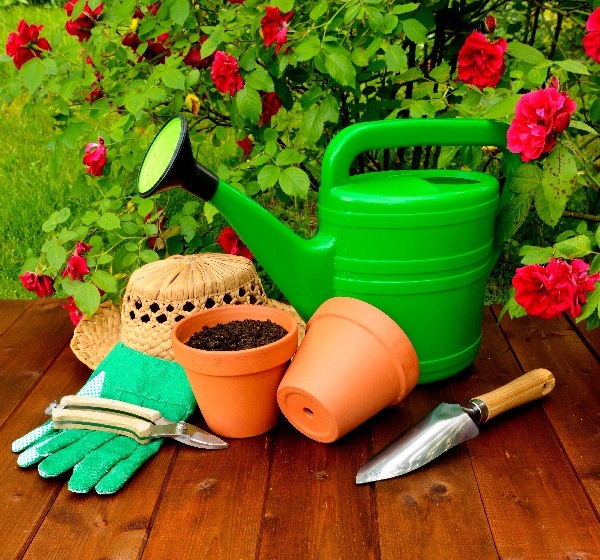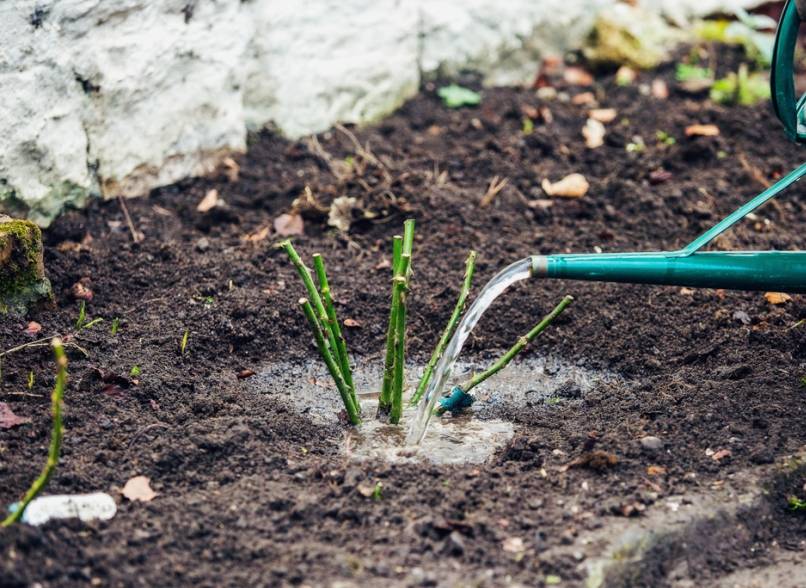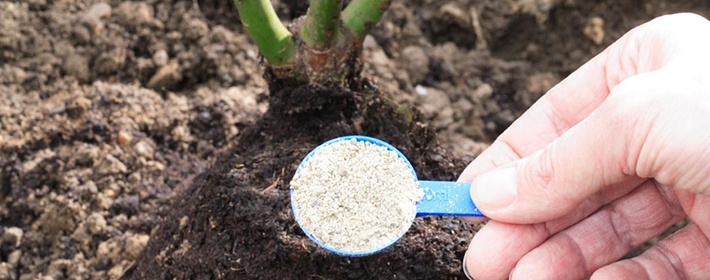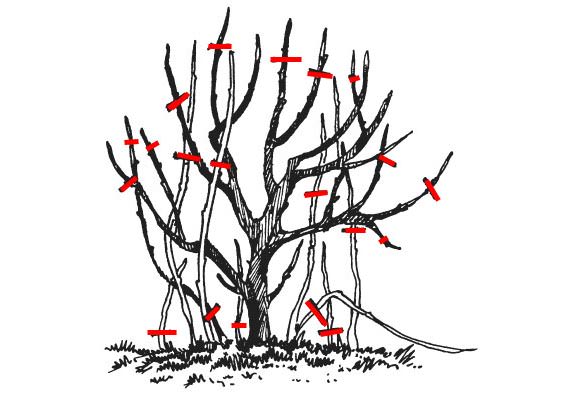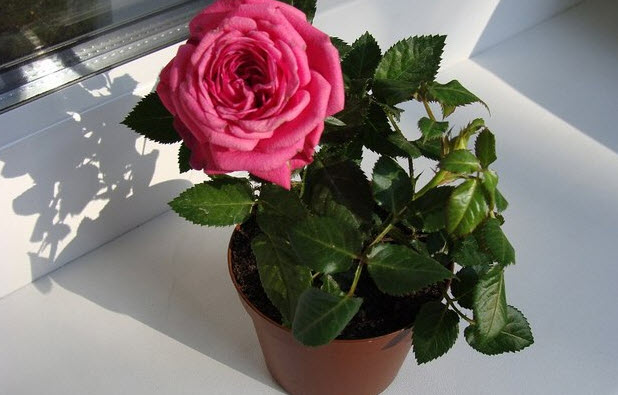Content:
Every florist knows that a beautiful rose is very demanding, and in order to prolong flowering for many years, you need to properly care for it. This article describes in detail what kind of care and cultivation are required for a garden rose, as well as the rules for planting and reproduction.
About flower
The main features of a garden rose are winter hardiness and early flowering, which begins several weeks earlier than others. Low bushes can decorate any summer flower garden if you provide them with the necessary conditions and proper care.
These flowers prefer sunny areas that are well ventilated from all directions. For rapid growth and abundant flowering, they need to be fed regularly. As for the soil, it is best to plant in a loose and nutritious composition, ideally in loam with a high humus content.
Planting is done in early spring or in the first autumn months. For the first 3 years, the root system and main stems are formed in a flowering culture, and only then it begins to delight the gardener and those around him with beautiful, fragrant buds, which can have pink, white and red color.
Reproduction methods
To increase the number of flowering shrubs on the site, many gardeners resort to rose propagation. This is possible both with home flowers in a pot and those grown in the garden in different ways, and everyone chooses a more convenient option for themselves:
- cuttings;
- layering;
- dividing the bush;
- breeding by vaccination;
- seeds.
The seed method is used extremely rarely, since this process is lengthy and not reliable. This is due to the fact that first the seeds must undergo a stratification procedure, which lasts 4 months. Then they are kept for a certain time in a solution that stimulates growth, and only then are they sown into the soil.
Propagation by cuttings offers pruning of the shoots and their subsequent rooting in fertile soil. Cutting is best at the moment when the garden rose begins to bloom. This folk method is very simple and shows high rates of survival.
Another option is the division of the bush, which is carried out in the spring before the buds begin to set, or at the end of September. The bush is dug up and divided into parts, moreover, each should have 2-3 roots. Sections are processed using crushed activated carbon or another means, and the shoots are planted according to the standard scheme.
These are the main ways to propagate a flower, they all have their own advantages and disadvantages. The main thing is to provide the garden rose with care after planting in the open ground and provide ideal conditions for keeping.
Care rules
To grow a bush rose, which will pamper the gardener with annual and abundant flowering, as well as a healthy look, you need to carefully monitor it, water and fertilize regularly.
Watering procedures
Garden roses need abundant, but not frequent watering. It is necessary to carry out activities only when the soil dries up. Exceptions include young, only planted bushes, as they need to be moistened daily.
There are some rules to keep in mind when watering:
- the norm of the volume of water for an adult bush is 10 liters; in a dry summer, the volume is increased;
- the water should be soft, rain and well water is best for this;
- after watering, you need to thoroughly loosen the soil to provide the roots with oxygen;
- so that the soil does not dry out quickly, it is mulched using chopped bark or compost.
The liquid itself is introduced gradually. Also, do not use too cold water, as it adversely affects the flowers. It is best to water in the morning, before the sun is hot, or after.
Fertilization
It is necessary to grow a rose with care, therefore, it is required to periodically apply top dressing. In the first year of life, this procedure may not be carried out, since everything necessary was contained in the planting material. But from the second season, you need to do this regularly:
- before the growing season;
- during bud set;
- after color.
In the spring, 20 g of ammonium nitrate is applied for every 1 m². Next time you need to feed with a homemade mixture, which should include:
- superphosphate - 30 g;
- ammonium nitrate - 20 g;
- potassium salt - 10 g.
The last feeding is arranged at the very end of autumn before the onset of winter. It is best to fertilize roses with slurry or wood ash.
Pruning a bush
It is impossible to grow a beautiful and healthy flower without pruning; it is this procedure that stimulates the growth of young shoots, and also creates a decorative shape for the bush. You will need a pruner for the event. They begin by removing old, dry and improperly growing branches. All other stems are cut 50 mm above the healthy bud.
Garden roses: care and cultivation in the open field
The best time for planting is autumn. A garden rose is very fond of bright light, so it is better for it to choose sunny areas around the house. But it is worth choosing a place away from drafts and groundwater.
First, it is worth trimming the roots and supporting the seedling in water for several hours. Before planting, it is recommended to prepare a hole: the diameter of the hole should be about 50 cm, and the depth should be slightly more than the roots. Compost mixed with soil in a ratio of 3: 1 is added to the hole, a bucket of water is poured in, a seedling is added dropwise and spud to a height of 10-15 cm.
Breeding at home
Caring for a room rose is practically no different from a garden culture. She also needs top dressing, loosening and watering. But in the conditions of an apartment or a private house, in addition, spraying is also carried out, especially in summer and during the heating season. She also needs a periodic transplant. Young bushes are arranged such events once a year, for older ones - once every 3 years.
It is also worth knowing that the indoor flower goes into hibernation, so from October you need to prepare the plant for this period, gradually reducing the number of waterings.At the same time, no top dressing is applied, since the bush must rest, and the buds that are provoked by fertilizers can simply ruin it.
So, planting and caring for a garden rose is easy and simple. Therefore, do not be afraid to grow these plants, considering them capricious. Everything is quite possible if you follow the rules described above.


